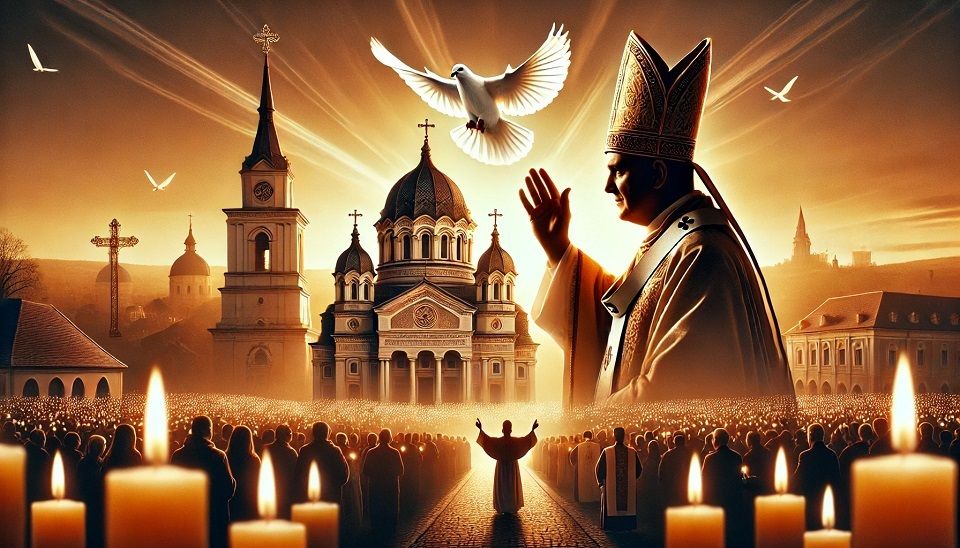Mathematician Grigore Moisil
Mathematician Grigore Moisil was born on 10 January 1906, an anniversary observed without fail by his disciples. He is believed to be the founder of Romanian informatics teaching.

Christine Leșcu, 24.01.2015, 14:15
Mathematician Grigore Moisil was born on 10 January 1906, an anniversary observed without fail by his disciples. He is believed to be the founder of Romanian informatics teaching. His father, Constantin Moisil, was a famous historian and archaeologist, believed to be the father of Romanian numismatics. An academician, just as his son went on to be, Constantin Moisil founded the Romanian Academy Numismatics Laboratory. The family did not lack scientists, as the mathematician’s brother, George Moisil, was a physicist and professor at the Bucharest Polytechnics.
The future mathematician Grigore Moisil grew up in this academic environment; after graduating from high school in Vaslui and Bucharest, he was accepted at the Polytechnic Institute in Bucharest in 1924. Not long after, he switched schools and went to study pure mathematics. He got his PhD right after graduation, and in 1930 left for Sorbonne, in Paris, where he studied under great mathematicians and had an intense scientific activity. In 1932 he came back to Romania, and moved to Iasi for 10 years.
That is where he discovered informatics, as Academician Solomon Marcus, one of his former students, told us: “In the 1930s, he taught at Iasi University. That is where he laid the foundation for mathematical logic, a discipline with no tradition in Romania before that. Moisil started making progress in logic, taught courses in Iasi in this field, and this steered him towards informatics. The theory of automation, a theory that links directly to the field of electronic computers, is in turn based in logic. That is the straight line, from logic to informatics. He is believed to be a pioneer in informatics at the global level, because he founded the discipline of informatics in higher education in our country, in the late 1950s. He was the one who contributed to the formation of the first teams of experts in informatics mathematics. He trained several generations of disciples. First there were Moisil’s direct disciples, I among them, then his disciples’ disciples. Now we are at the third and fourth such generation.”
Passionate about informatics, educator of future experts in Romania, Grigore Moisil foresaw the way in which this field was to evolve. Here is Academician Marcus once again: “Moisil was our first scientist who, around 1970, warned that we are on the verge of a computer revolution, which required a new kind of literacy, computer literacy. What Moisil did in the 1960s and 1970s is comparable to what was done in the early 20th century by Spiru Haret, another great scientist and minister of education, who started a personal crusade against illiteracy. Spiru Haret fought against illiteracy directly, while Moisil, even though we were five or six years away from the start of the computer revolution, foresaw that everyone would have to learn to use a computer eventually.”
Grigore Moisil is a cult figure, with his predictions about the computer boom, his personality, and his skill in various areas of mathematics. Solomon Marcus: “He organized scientific research in automation theory, the theoretical side of computer science. He was a great scientist on all sides, professor, but also popularizer. I have to emphasize that he was the one who set up the University of Bucharest Computer Center. He brought there mathematicians and engineers, but also people from many other fields, such as composer Aurel Stroe. He also had there historians and linguists, since he had a good insight into the huge impact that computers would eventually have.”
He died in 1973. Grigore Moisil is celebrated every year by the Romanian Academy, as well as by his many disciples and admirers.





























